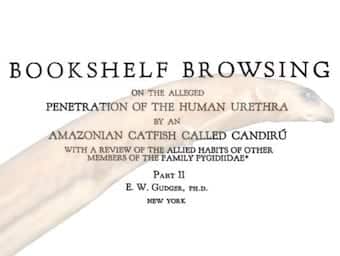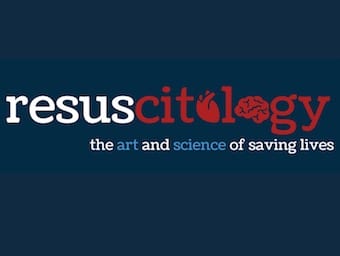
Walther Kausch
Walther Carl Eduard Kausch (1867 – 1928) was a German surgeon. 1907 performed first successful partial pancreatoduodenectomy (Whipple)

Walther Carl Eduard Kausch (1867 – 1928) was a German surgeon. 1907 performed first successful partial pancreatoduodenectomy (Whipple)

Alessandro Codivilla (1861 – 1912) was an Italian surgeon. Original description of the first pancreatic head resection 1898 (Whipple)
Whipple procedure: Radical pancreatoduodenectomy for cancer of pancreas. Originally Codivilla (1898), then Kausch (1907) and Whipple (1934)

This post came from a question received in our simulation lab a couple of weeks ago. Mainly, there was a simulated patient with latrodectus envenomation, and there was a fair amount of discussion about skin testing prior to administration on…

Just when you thought your brain could unwind on a Friday, you realise that it would rather be challenged with some good old fashioned medical trivia FFFF...introducing Funtabulously Frivolous Friday Five 255

Cyanoacrylates (CAs), have been around since the 1940s, and have been used for wounds since Vietnam. Therefore, it is odd to consider that the FDA did not approve their use for skin until 1998.

Ah the candiru. A little fish of legend. Is it really something to be scared of? I mean, look at the little guy. Well, this review article will probably answer that question for you. Who hasn’t heard the stories about…

Resuscitology isn’t really a course or a conference though. It’s a gathering of like-minded Resuscitationists who want to learn from each other on how to optimise their practice.

A 45 year old woman with metastatic ovarian cancer is admitted for VATS pleurodesis and drainage of bilateral pleural effusions.

A 26 year-old male, with no previous history of seizures, was BIBA with status epilepticus. He was intubated to facilitate seizure management

aka Oncological Quandary 002 A 30 year-old woman presents with abdominal pain and paraesthesiae. She was diagnosed with CML 2 months previously, and was treated with chemotherapy a month prior to presentation. These are her lab results: Questions Q1. Describe…

Consider a 16 year old who presents with a 3 week history of severe hip pain followed by increasing breathlessness and left sided chest pain. His admission chest X-ray is shown below: